The Drupal project is constantly evolving, improving and staying in line with what is expected of a transitional CMS. It is one of the top choices for building web applications . And it continues to live up to expectations with the latest Drupal 9 to 10 upgrade.
This means you need to quickly gather all the important information about Drupal 10's features so you're ready for another upgrade.
Find everything you need to know about Drupal 10 features here.
Drupal 10 version
Drupal 10 was released on December 14, 2022 . This is not surprising as the community continues to follow Wednesdays for all major releases. There is also a beta version for users who want to try and experiment with what Drupal 10 brings.
Drupal 10 Features
A list of Drupal 10 features is given below.
Olivero default theme
This time the Drupal upgrade is packed with the default Olivero theme , a much improved theme that plays a key role in defining the look of websites. The Olivero project has been in development for some time and Drupal 9 is also provided.
A fresh Drupal 10 installation of this theme will create a greater visual impact for new users than previous themes provided with Drupal core. Olivero also makes it relatively easy to quickly launch a simple website or help developers looking for a full theme as a starting point for a custom theme.
With this release, developers can stop creating themes based on the designs they have for a website. In the case of headless projects, the Olivero theme can be used to review the staged content in a well-structured way before the final application consumes the content. Olivero as the default theme would not only enhance the first impression of Drupal websites, but is also the perfect tribute to former community member Rachel Olivero.
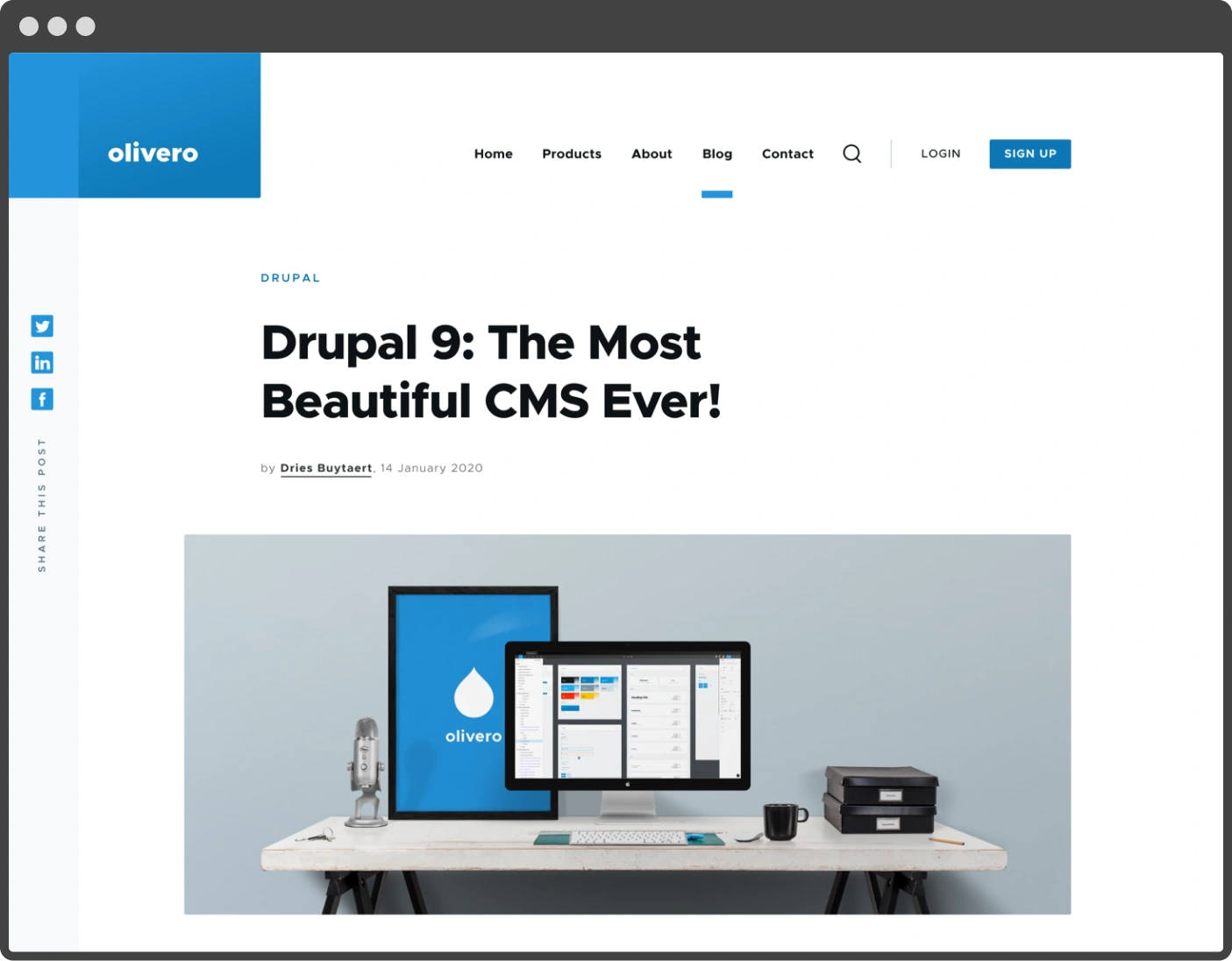
Claro management theme
Administrative and editorial experience is a very important aspect of any CMS. For a long time, Drupal was based on a very clean admin theme, ' Seven ', which worked quite well for most users. It also integrated very nicely with the features provided by various contributed modules.
But Seven doesn't with the recent improvements made in introducing modern JavaScript concepts. These improvements prompted community members to develop a new admin theme with a highly accessible user interface for managing websites. This gave birth to the " Claro " project.
Claro enhances the administrative experience and gives Drupal's editorial UI a modern feel. At the same time, it maintains the core Drupal CMS so that experienced users are not confused.
With Drupal 10, Claro will now be the default admin theme and will continue to receive updates that come with major Drupal releases.
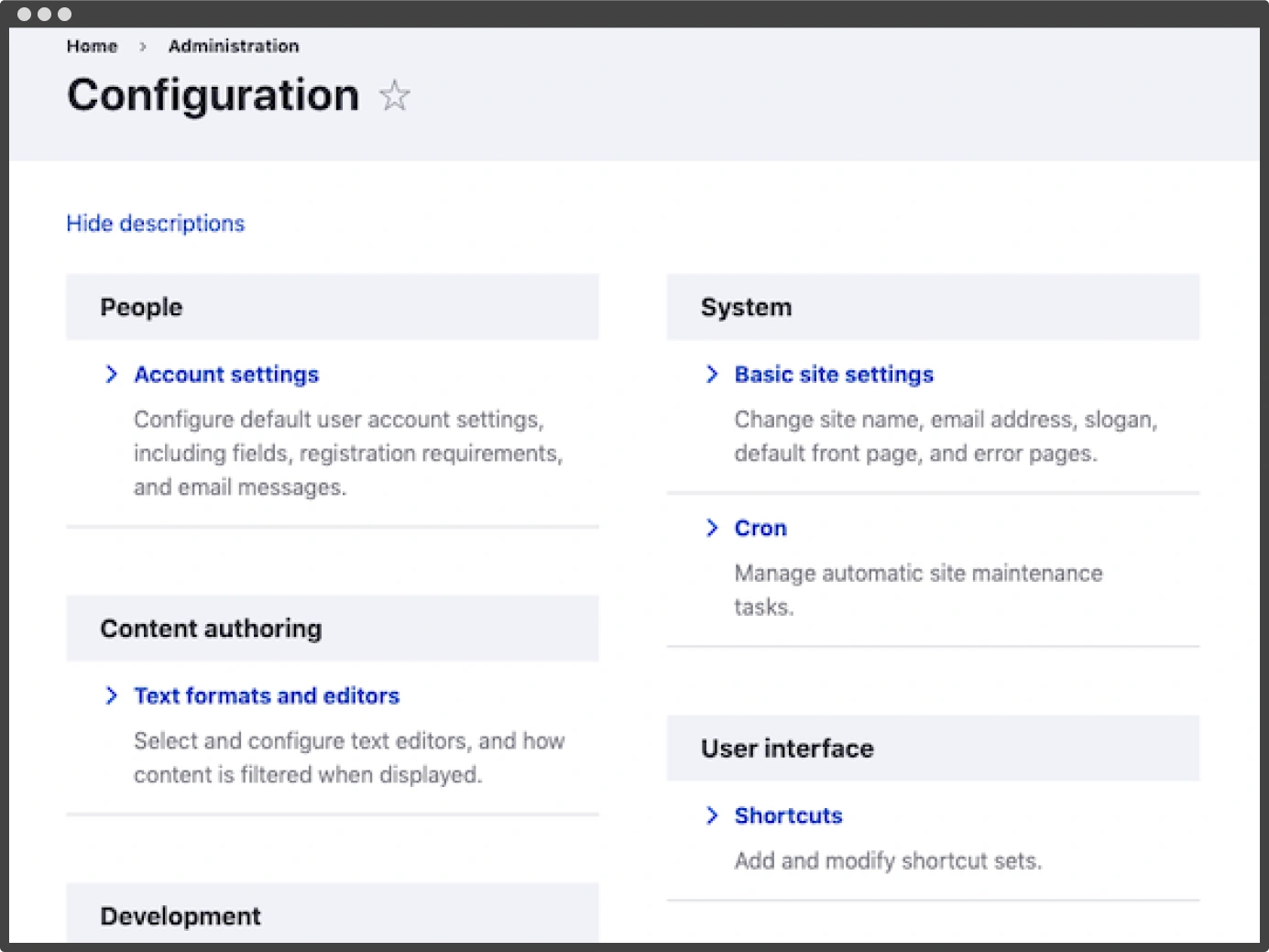
CKE 5 editor
CKEditor 5 has been around for quite some time. It has been completely rebuilt to take advantage of the advances in how to develop a JavaScript application. Most of the frameworks and CMS have started to adopt it to provide the best available editorial experience in managing text data in an application.
The initiative to integrate CKEditor 5 with Drupal was very successful and thanks to it, Drupal 10 comes out of the box using CKEditor 5. Most of the CKEditor plugins contributed to Drupal.org have also been upgraded and are now compatible with CK5.
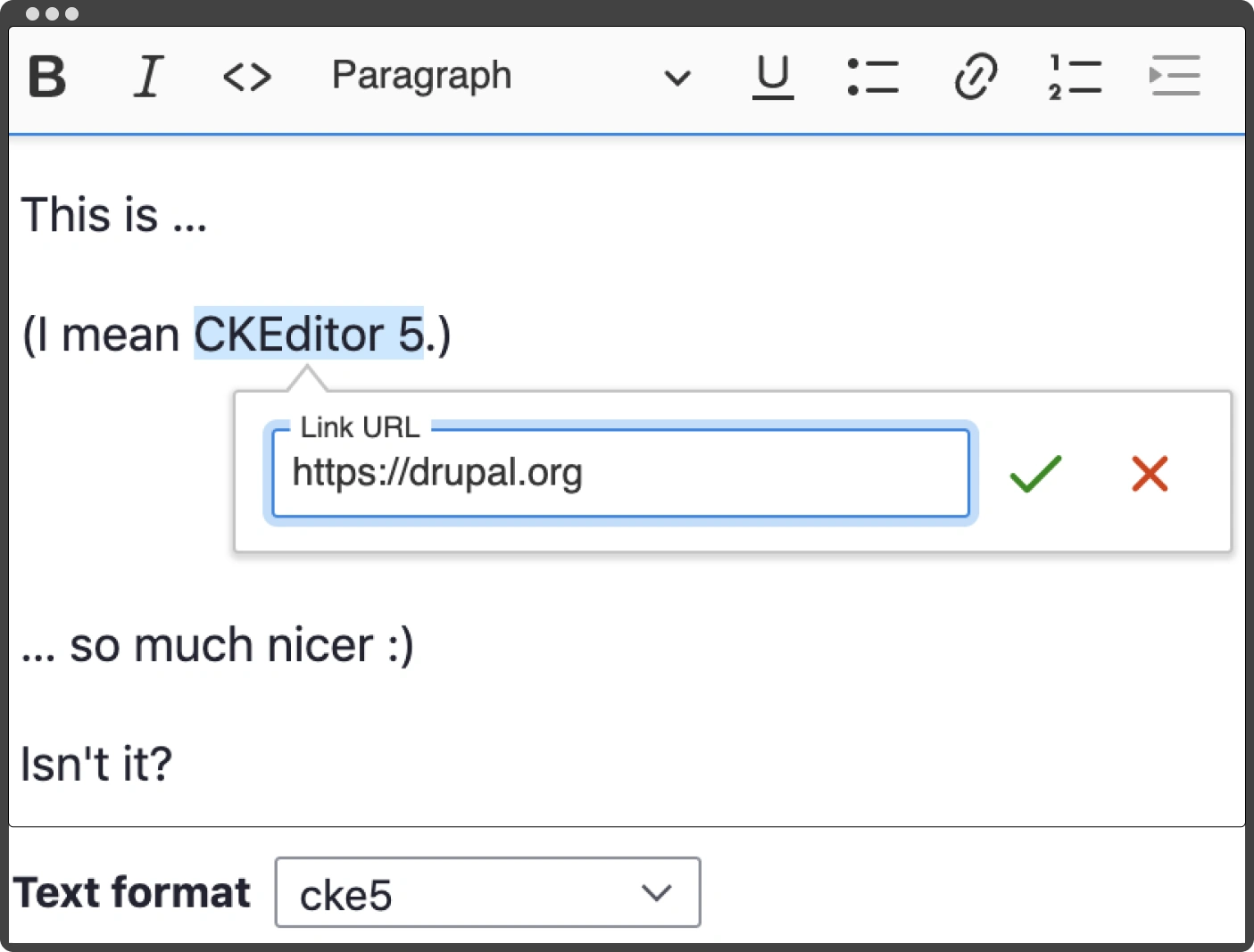
Modern JavaScript components to replace some uses of jQuery
Most developers in the JavaScript community have started to rely more on ES6 standards . They also prefer using vanilla JS more than jQuery for tasks related to DOM manipulation or sending an AJAX request.
There are several reasons for this, including that most of the jQuery API is part of the browser functionality and the continued reliance on advanced frameworks like React and Vue.JS for app development.
The Drupal community is also following this trend and has started replacing jQuery with modern JS where possible in the core codebase. jQuery libraries such as jQuery.once and jQuery.cookie have been completely removed from Drupal 10. Most of the contributed modules have also started deprecating the use of jQuery and its libraries. This would result in a much cleaner output on the front-end of Drupal websites.
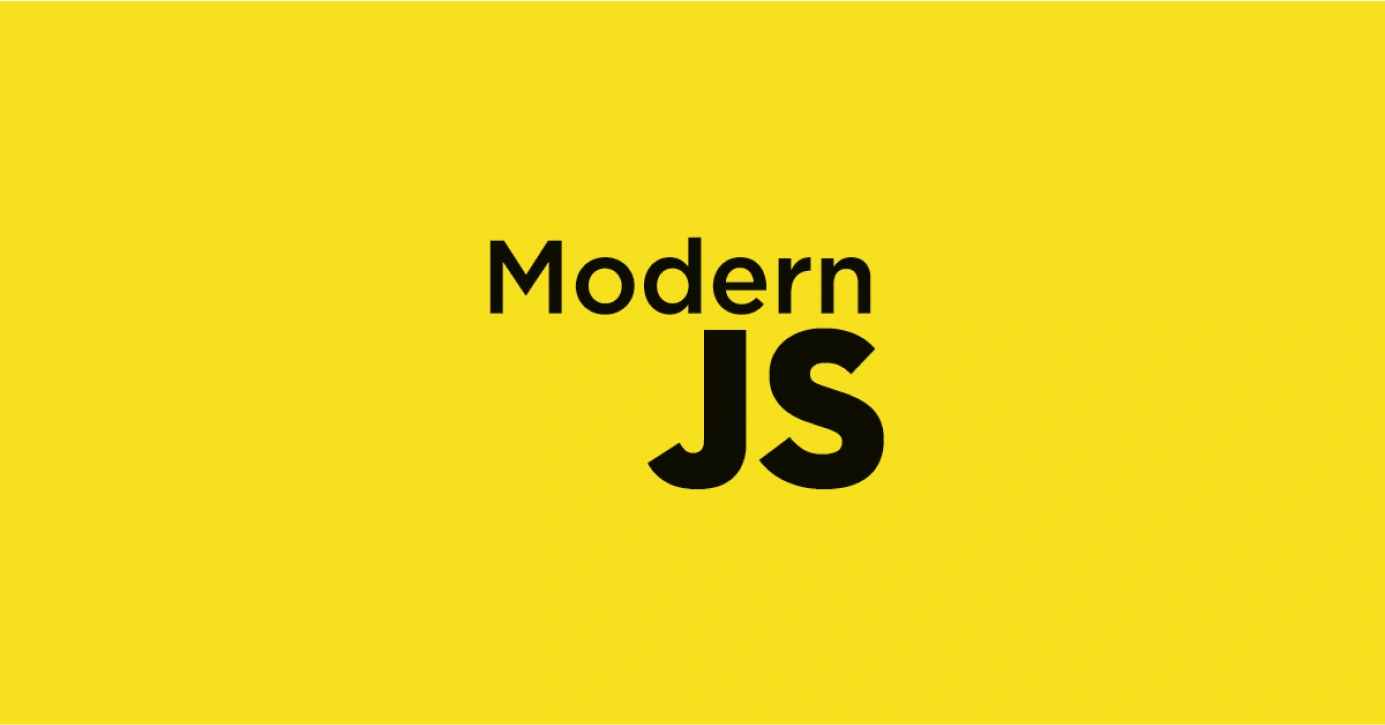
Theme starter tools for custom theme creation
Theming is one of the most critical drupal development tasks for any Drupal site as it decides the outlook of an application. Because of this, the Drupal community is always working on something to make it easier, more efficient, and in line with the latest trends.
There are already two new default themes for Drupal core, with something in store for developers. The Drupal 10 Starterkit theme will give developers commands to easily create a theme with all the basic files and configurations.
Agreement 6
Drupal 10 will use Symfony 6 and PHP 8.1 will be the minimum supported version. This will ensure that all improvements made at the backend processing level are part of all Drupal projects that are upgraded to Drupal 10. Symfony 6 has improved many routing, service, locale and multilingual aspects. Little by little, most of them would be up for discussion for integration into Drupal.
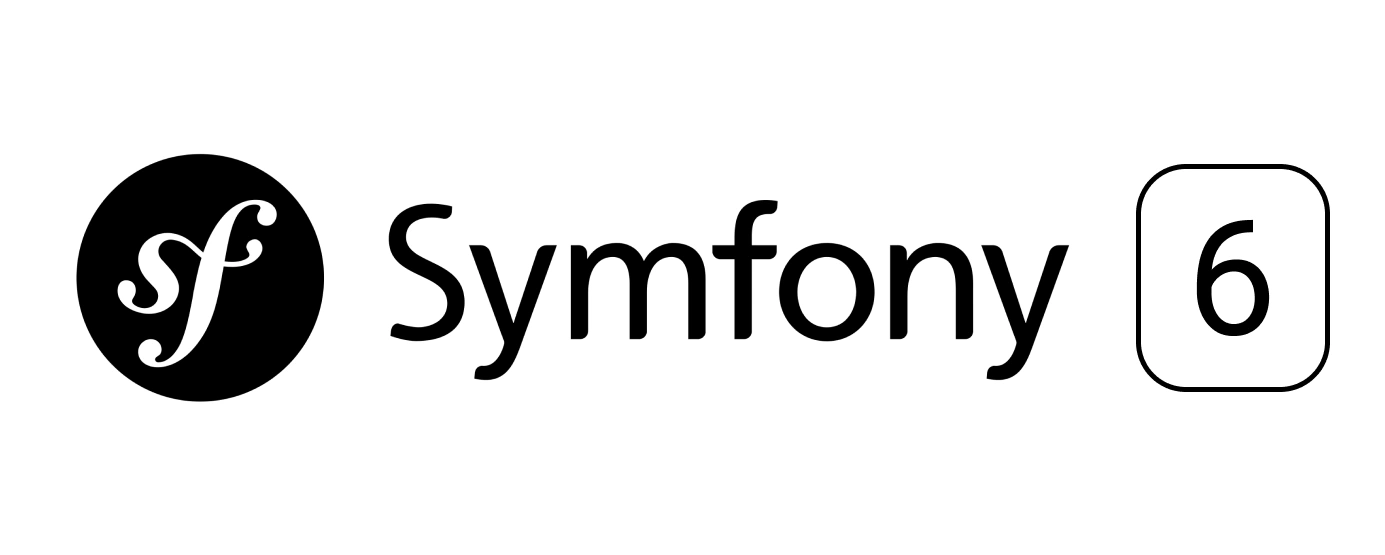
Be ready for Drupal 10
Follow the tips below to get ready for Drupal 10.
- If you're using Drupal 9, update your core code base and all contributed modules to the latest version. This will be important for a smooth transition to Drupal 10.
- Drupal 8 has already reached its end of life in November 2021. If you are still using it, start upgrading to D9 and finally be ready for a Drupal 9 to 10 upgrade as soon as possible. Many important contributed modules already have cut versions compatible with Drupal 10.
- Switch to PHP 8.1, which is the minimum supported version for Drupal 10. More PHP requirements can be found here .
- Use the Upgrade Status module to find deprecated code in your custom modules and start working on fixing them. The Drupal rector tool can be used to speed up this process.
- Spin up a new instance and upgrade Drupal core to a 10-beta version to test things out and plan your upgrade right away. This will give developers and testers enough bandwidth to transition to Drupal 10 easily.
Exciting features lined up for Drupal 10.1 and other releases
Here are more features that will be added in later versions of Drupal 10.
Automatic updates
The Automatic Updates section will ensure that important core Drupal updates are automatically applied to an existing site without any development effort required. Creates an instance of the sandbox and starts applying the required patches for an update. It also provides reports on each stage of the update and an API to customize the progress.
Project browser
The Project Browser will allow users to easily search for contributed modules and topics on Drupal.org. Admins can easily shop for compatible add-ons, access all key information and, if needed, install them from the site's user interface itself. This approach would be much easier for website owners than the previous tactics of searching and installing modules.
The conclusion
These are the main features of Drupal 10. Apart from that, many bugs and feature requests are closed every day so that they can be packed with the first version of Drupal 10. This version would be a great add-on for all existing sites and motivate users of other Drupal versions to upgrade.
As a developer, you may also want to see the easy steps to upgrade to Drupal 10 and the status of the projects you contribute to .
source: https://www.axelerant.com

Comments